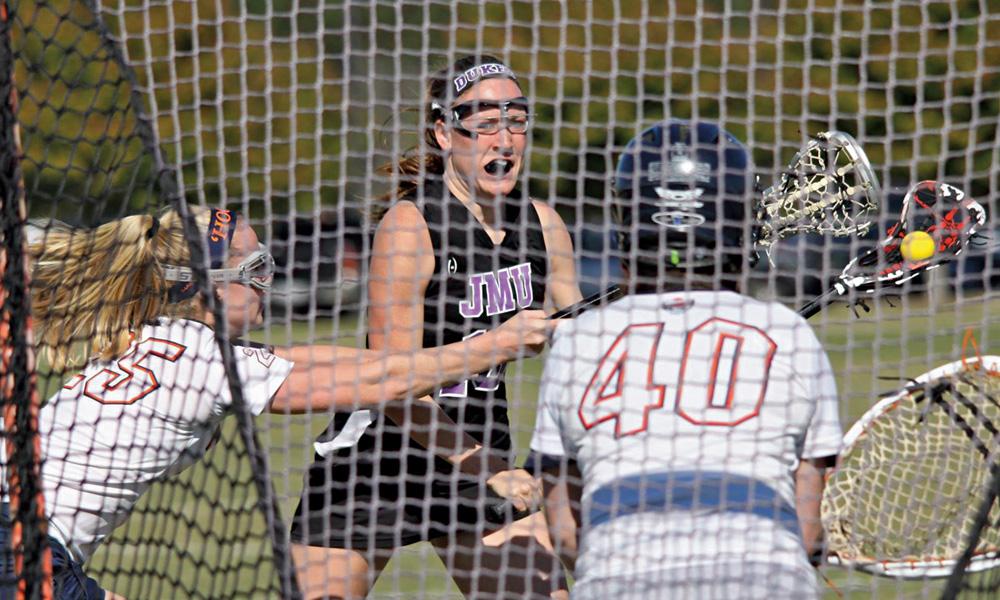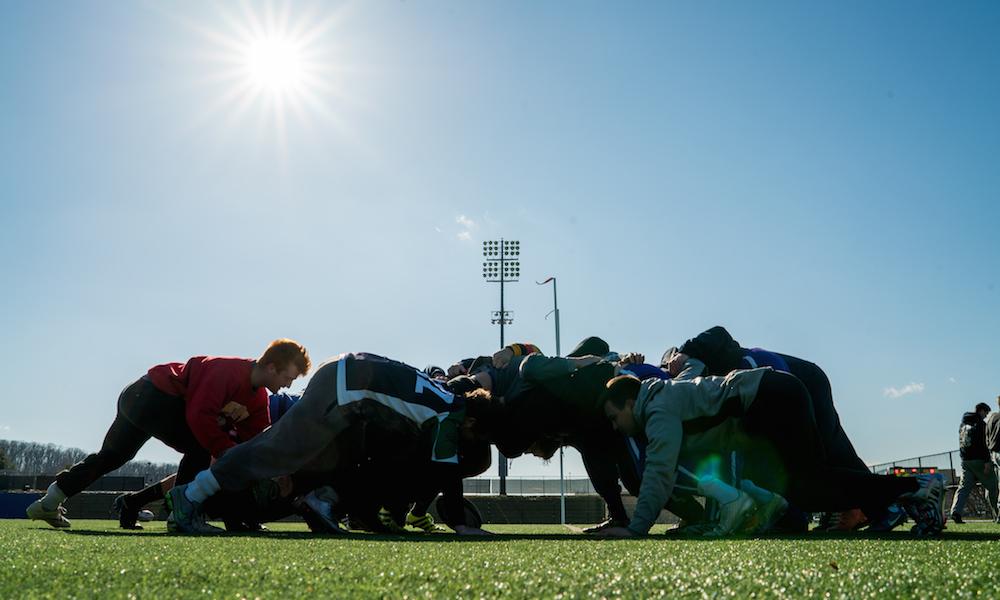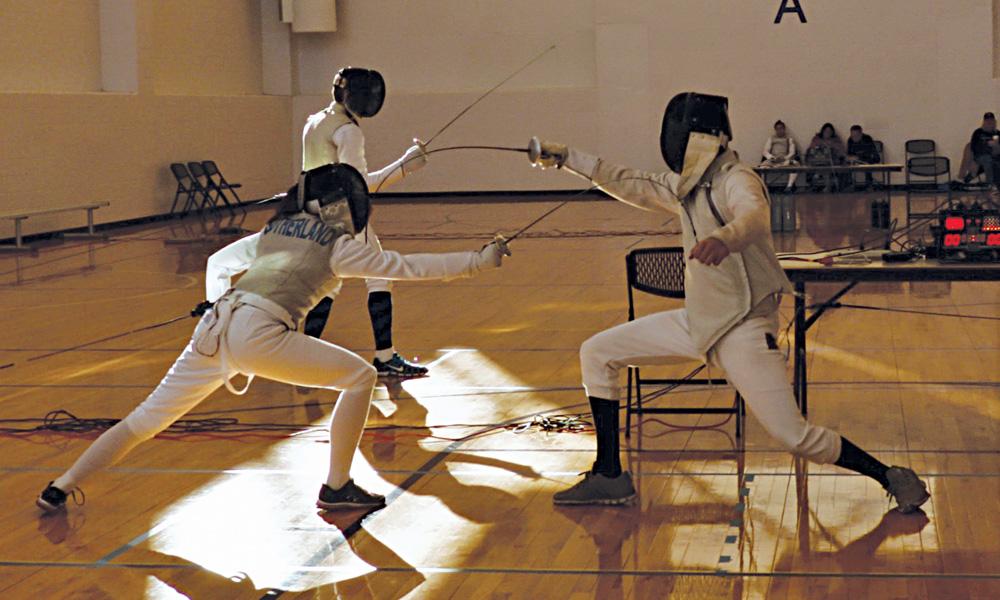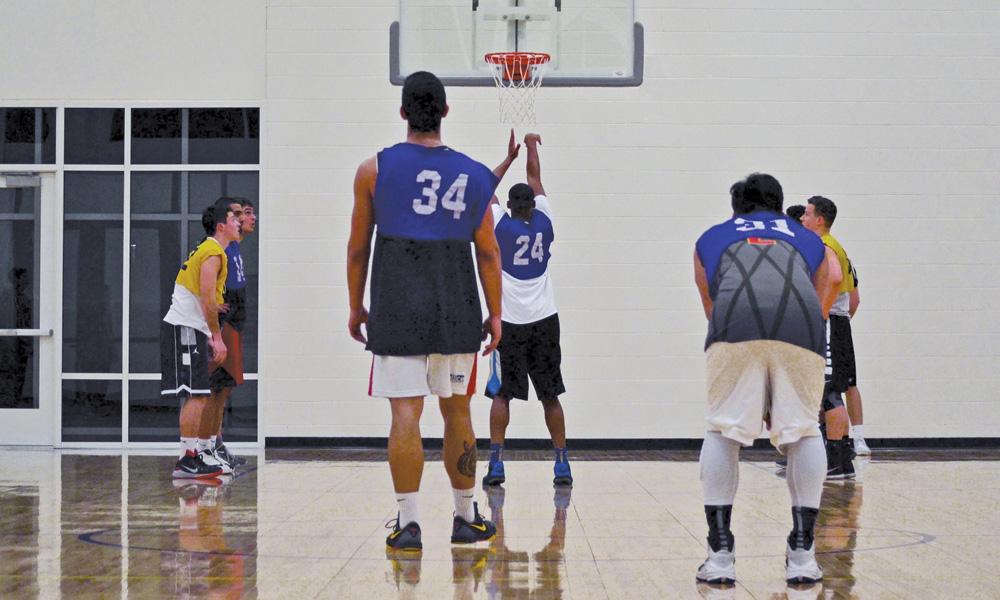The club scene
Maintaining a healthy, active lifestyle through participation in club and intramural sports
News
SUMMARY: JMU offers a wealth of opportunities to play organized sports competitively or just for fun.
from the Spring/Summer 2017 issue of Madison
In high school, Jamie Nicholson was recruited to play varsity lacrosse at a small university in Pennsylvania. But after her freshman year, the Frederick, Maryland, native knew she wanted more from her college experience. “Varsity athletics just wasn’t for me, and the school didn’t have the academic opportunities I was looking for. … I wanted to continue to play lacrosse competitively, but I also wanted to put my academics first and have a social life.”
One of Nicholson’s coaches knew about the women’s lacrosse club at JMU, which was coming off a national championship season in 2013. Nicholson, too, knew about Madison, having previously applied to the university. “I love the atmosphere. It’s a beautiful campus, the perfect size.” She transferred in 2014 and was one of only a handful of players to make the club team during fall tryouts.
Now a senior majoring in international affairs with a minor in Asian studies, Nicholson serves as president of the women’s lacrosse club. She’s not only one of the team leaders on the field, she also plans the practices and coordinates the travel schedule.
“I love it,” Nicholson says. “For me, it’s the perfect balance. It’s still really competitive.” But unlike varsity sports, she says, there are no consequences for missing a practice or game. A player’s commitment level can vary day to day and week to week. Playing time is based on participation. “If I’m feeling overwhelmed,” Nicholson says, “I can always take a step back.”
Sport clubs
Approximately 2,000 JMU students participate annually in JMU’s Sport Club program. As student organizations, sport clubs are strictly voluntary and student-managed. The clubs compete locally, regionally and nationally, and engage in fundraising and sponsorships to support their operations.

|
The Sport Club program has seen steady growth over the past decade, according to assistant director Chris Jones (’03M). Some of that growth is the result of JMU’s decision in 2007 to eliminate 10 varsity sports to comply with Title IX. “We absorbed some of those student-athletes into our existing sport clubs and created club teams for others whose sports were cut,” Jones says.
Today, JMU has 50 sport clubs ranging from basketball, soccer and volleyball, to archery, handball and wrestling, to caving, equestrian and Ultimate Frisbee. New sports are added based on interest, access to facilities and cost. The teams practice on their own three to four times a week, compete against other schools on weekends and, if successful, represent JMU at regional and national tournaments.
A number of JMU sport club teams have won national championships, most recently softball (2016, 2015), men’s rugby (2015), women’s gymnastics (2015, 2014) and women’s basketball (2014).

|
League play is governed by an association, and each team is responsible for submitting its own game scores. “The clubs are mostly self-sufficient,” Jones says. “What we try to do is provide structure for them to be able to operate efficiently without us having to hold their hand.”
UREC does, however, provide leadership training for club officers. As president of the Sport Club Council at JMU, Nicholson is responsible for running monthly leadership meetings with all of the team presidents. The experience has been one of the most rewarding of her life, she says. “It’s unique in that you learn to lead your peers, which is not always easy.”
Intramural sports
For sports enthusiasts looking for a more laid-back experience, UREC currently offers 23 intramural programs across three seasons during the fall and spring semesters. Approximately 5,600 students—more than a quarter of the JMU student population—participated in intramural sports in 2015-16.

|
The programs are an extension of UREC’s mission to promote healthy, active lifestyles. “We cater to the recreational athlete, the person who is just looking to have some fun, get out and meet people, and be part of a team,” says Dan Payne, assistant director for intramural sports.
|
’We cater to the recreational athlete, the person who is just looking to have some fun, get out and meet people, and be part of a team.’ — Dan Payne, assistant director for intramural sports |
Participants can form their own teams or sign up as a “free agent” and make themselves available to established teams. Most intramural sports at JMU are centered around league play (men’s and women’s competitive, men’s and women’s recreational and co-recreational), with games held at UREC, Sentara Park and shared facilities such as Godwin Hall. UREC employs and trains approximately 125 students to officiate intramural sports contests. After an eight-week regular season, teams sign up for a single-elimination playoff, and league winners are crowned.
The most popular intramural sports at JMU are 5-on-5 basketball and “some form of soccer,” Payne says. UREC offers outdoor soccer in the fall, futsal—a variation played indoors on a hard court and focusing on foot skills—in the winter, and indoor soccer in the spring. The newest intramural sports are pool volleyball and pool basketball, both offered in the winter at UREC’s Aquatics Center.
